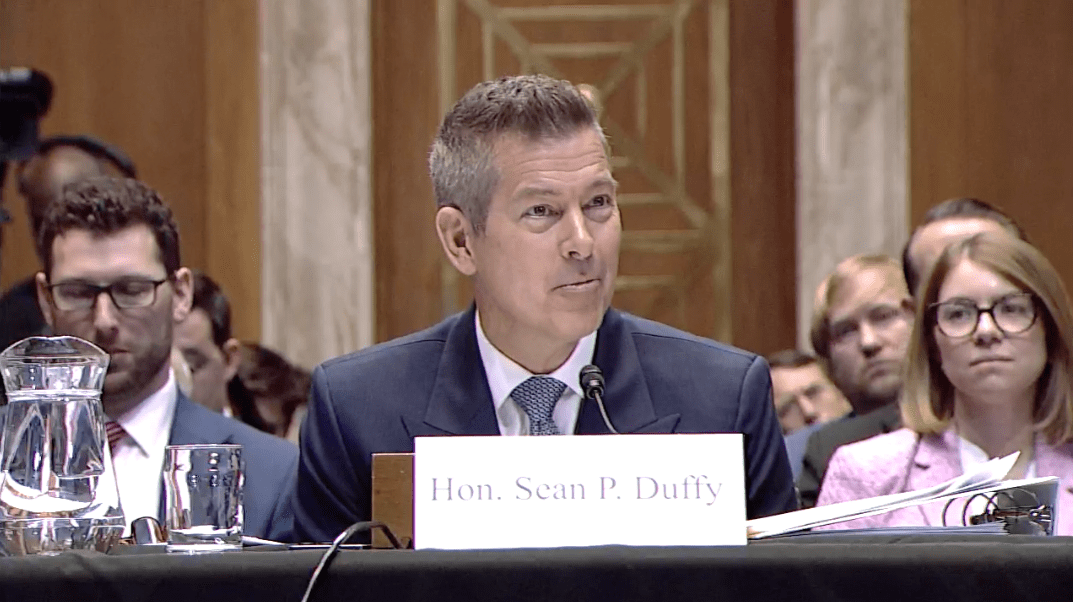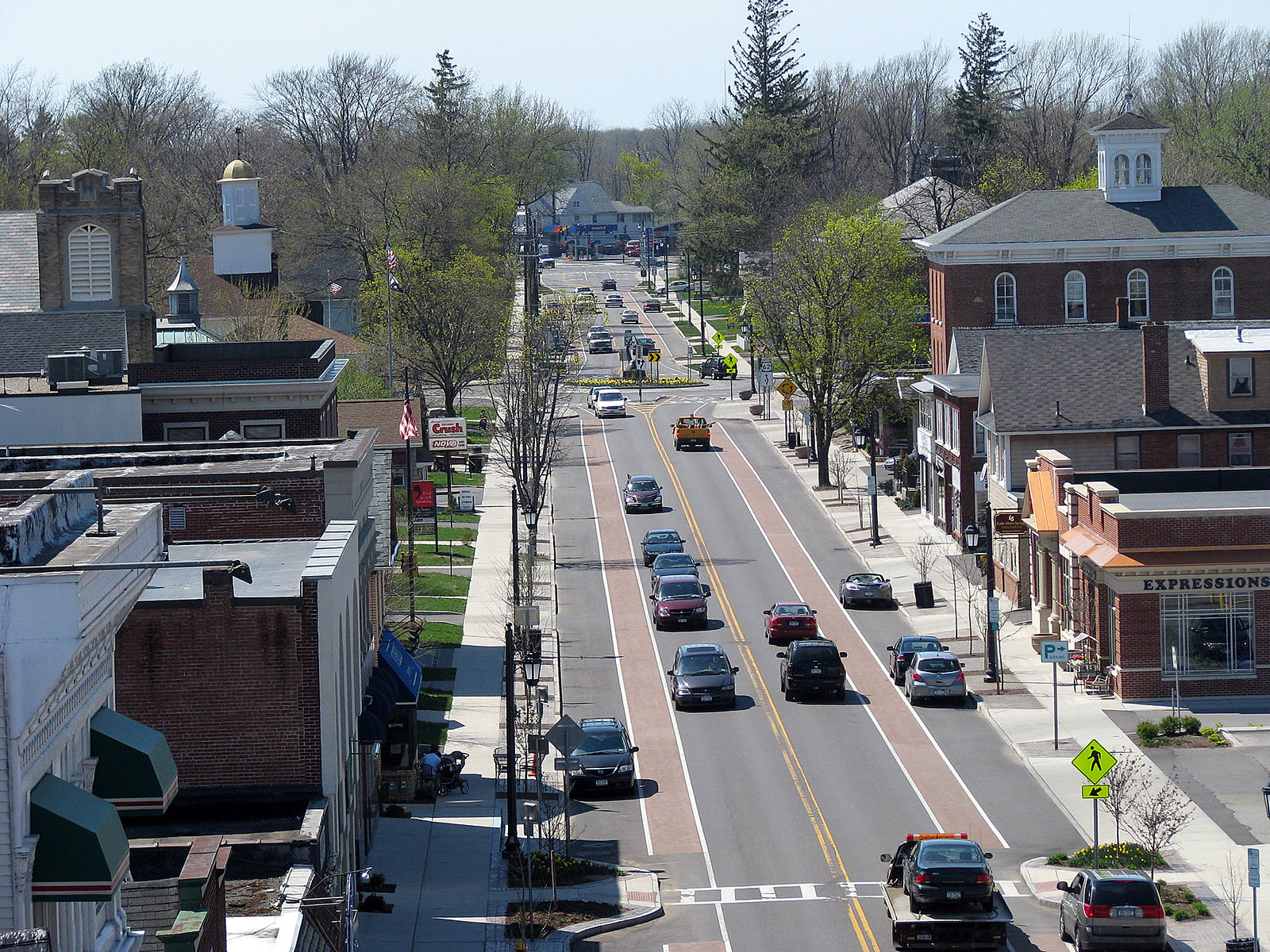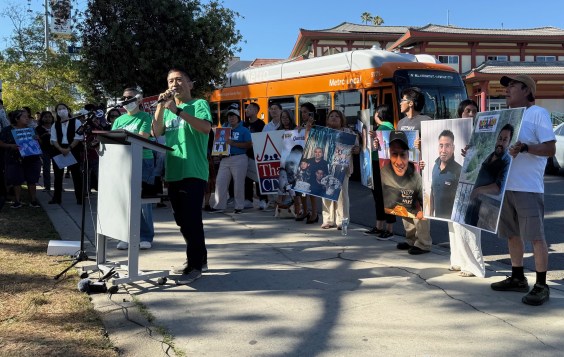
Built on a 136-acre site in the heart of a walkable, inner-ring suburb in 1962, Severance was the first mall in the Cleveland area. And over the years, it has mirrored every trend in retail, morphing from an indoor mall to a big-box anchored "shopping center."
But the site recently lost its anchor -- the Walmart is moving to a golf course site -- and has fallen into foreclosure. Locals are trying to imagine a future for the site that fits better into the city's fabric. Marc Lefkowitz at Green City Blue Lake writes that they hope to pull of a planning coup: turning a dead mall into a walkable town center. Here are some of the plans and suggestions put forth in a recent public forum on the topic:
Cleveland Heights resident and architect Roger Bliss offered that Severance’s next owner (the property goes to Sheriff’s sale this month) should go big -- not tinker around the edges.
Bliss asserted that Severance could walk down the same path as Belmar, a dying mall that was redeveloped in 2004 into a walkable neighborhood in the suburb of Lakewood, Colorado.
Belmar appears as an example in Ellen Dunham-Jones and June Williamson’s book, Retrofitting Suburbia. Developers spent millions of dollars knocking down vacant department stores and rebuilding a small scale, mixed-use town center. Ground floor retail with commercial and residential above, 23 new roads and parks were added, creating a neighborhood.
“It was quite an accomplishment,” said Bliss, “These projects are complicated and they take time, but there are plenty of examples of redevelopment."
Developer Peter Rubin, who lives in the adjacent Courtyards of Severance condo development—which his company built -- likewise hopes Severance’s next iteration is as visionary. The key, he said, will be articulating a direction that aligns both with the city’s history and values like sustainability and pedestrian friendliness. That will help build what he called the political will to get it done.
Bliss concluded that Severance’s current low-density, single purpose land use is a big part of the reason it is underperforming.
“If we want to encourage efficient development patterns, we have to increase density.”
Elsewhere on the Network today: According to Bike Portland, the city will require Uber and taxi drivers to take a special Vision Zero safety course. Urban Indy writes up Indianapolis's "Red Line" plans, the first bus rapid transit project in a planned regional network. And The Connector explains how bus-on-shoulder service has boosted ridership in the Twin Cities region.





